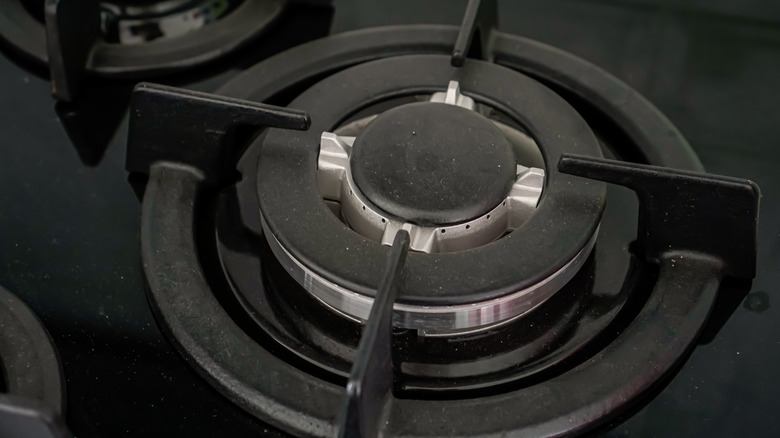How To Remove Burnt Teapot Paint From A Burner
Oops! You forgot your teapot on the stove — the water boiled away, the paint melted on the stove and the paint has bonded to the burner. Don't worry ... accidents happen, and this one isn't that difficult to fix. However, you probably do need a new teapot.
If you have a glass cooktop, the job of removing the paint will be easier. You may be able to scrape most of the paint residue off with a razor blade. Removing paint from the pot holders on a gas stove or the burners on an electric one is a little more challenging. This job may require the use of a solvent, so get out your respirator and prepare for some scrubbing.
Removing Paint from a Burner
Removing Paint from a Burner
It's easier and more efficient to clean the burner outside or in the garage. Wait for the burner to cool completely, then remove it from the stove. If you have an electric stove, then remove the burner by tilting it up until you can see the plug connection. Slide it away from the plug to break the connection, then lift it off the stove.
Put the burner on a flat surface and scrape off as much paint as you can using a razor blade. You'll probably be able to get most of the paint off this way, but to make the job easier, soften the paint by spraying it with white vinegar. By itself, scraping won't remove all the paint residue, though, so you can try scrubbing with steel wool and baking soda or scouring powder.
To remove stubborn residue, you need a strong solvent, such as lacquer thinner. Be careful because it's flammable and noxious, which is why you need a respirator. Pour the thinner directly on the paint and scrub with steel wool, using as much thinner and scrubbing as necessary to get all the paint off.
Removing Paint from Glass Cooktop
Removing Paint from Glass Cooktop
You can usually scrape paint off a glass cooktop using a razor blade, as recommended by Merry Maids, but check the stove's warranty information. Avoid using a razor blade if the manufacturer advises against it. Before scraping, douse the paint generously with vinegar to soften it and make scraping easier.
When scraping, hold the blade flat and at a shallow angle. Avoid digging the corners into the glass. Clean up after scraping with a microfiber cloth and scrape again if any residue remains. It may help to spray more vinegar before wiping with the cloth.
If the manufacturer doesn't advise scraping, try wiping the paint off with a microfiber cloth and vinegar. If you don't have any luck, put on a respirator and use lacquer thinner and a cloth. Lacquer thinner removes paint from almost anything, so it should do the trick. This solvent will fill the kitchen with fumes that may take an hour or two to dissipate.
Heat Gun Vs Chemical Paint Remover
Heat Gun Vs Chemical Paint Remover
If you don't like chemicals, you may prefer warming the paint with a heat gun to soften it and make scraping easier. This is a great idea that will work in most cases, but don't use heat and chemicals together. Most chemical paint removers are flammable, and a heat gun supplies enough heat to ignite them.
